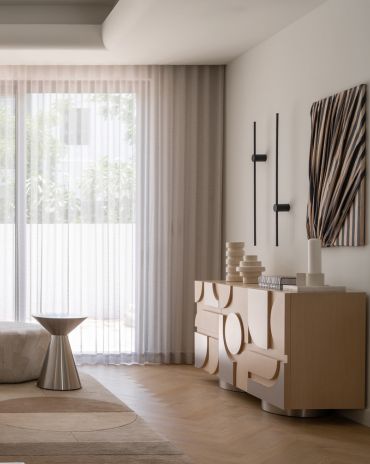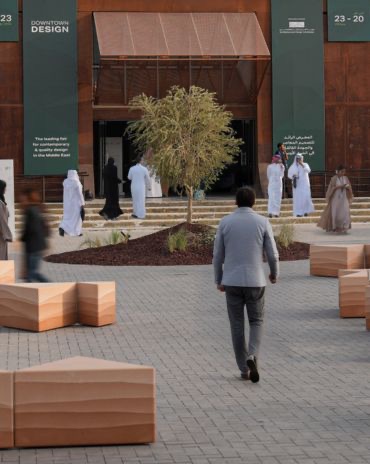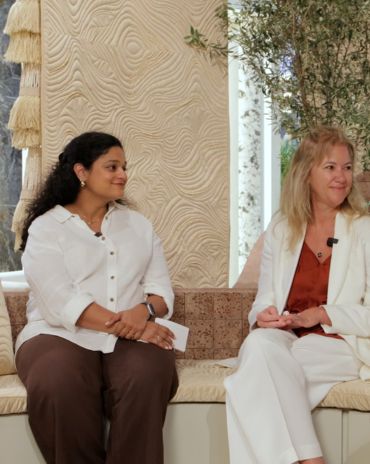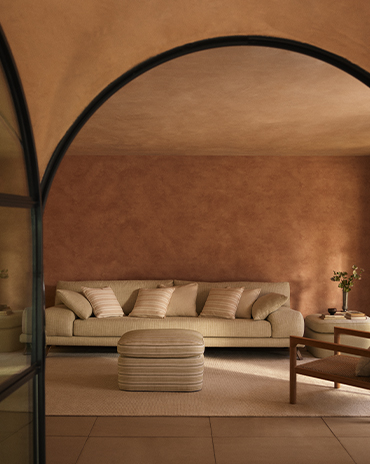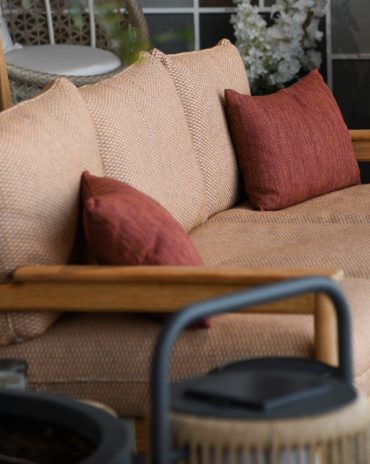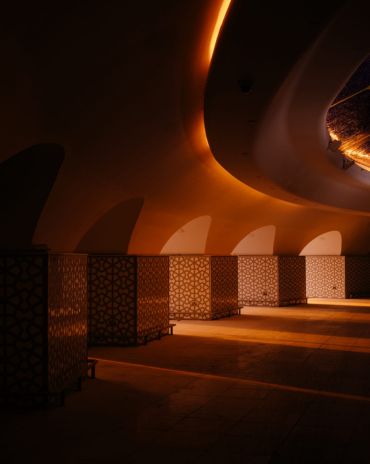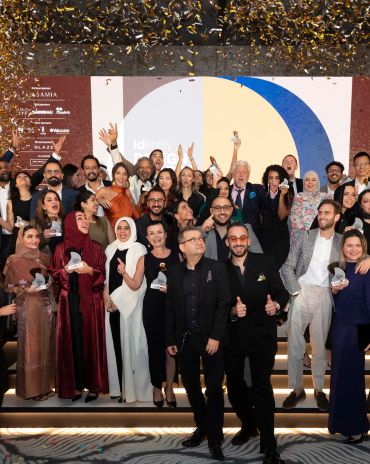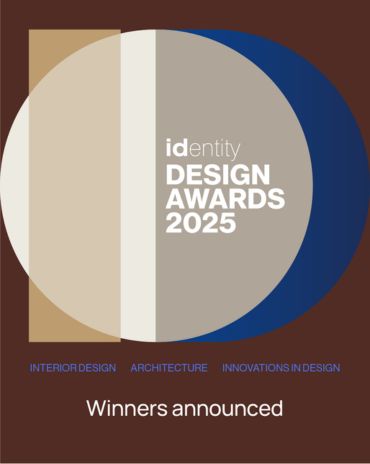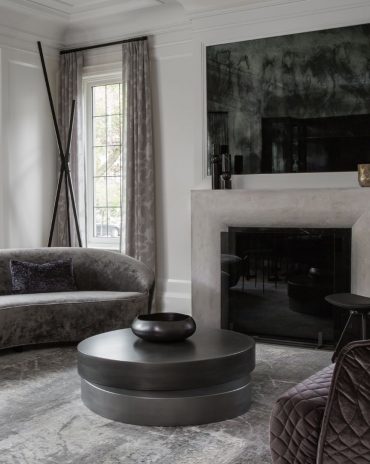Copyright © 2025 Motivate Media Group. All rights reserved.
Imagining the future with Sass Brown
The Founding Dean of Dubai Institute of Design and Innovation shares her design story.
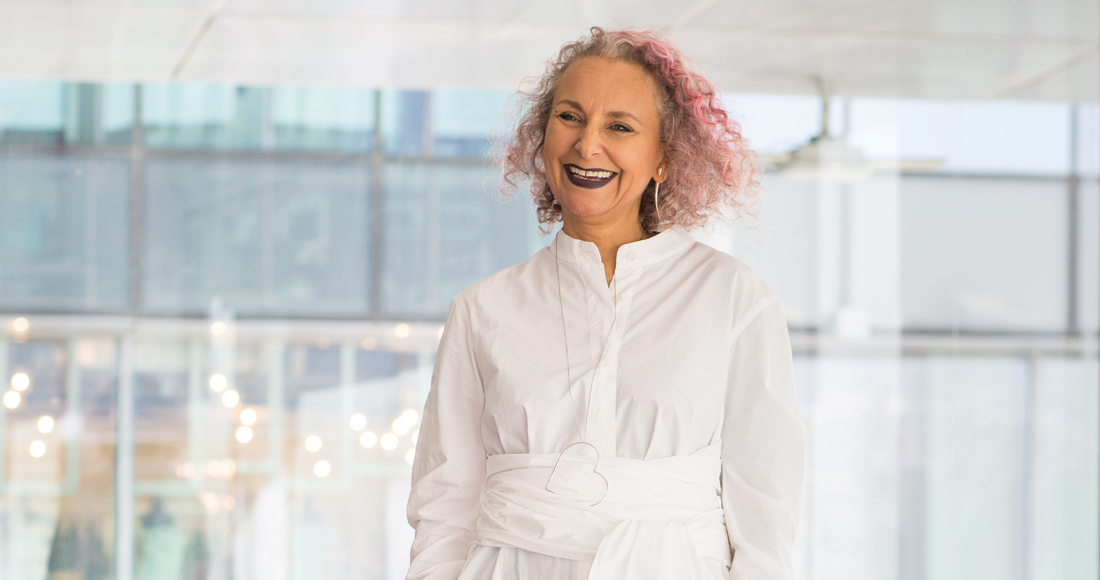
An inspiration for designers and entrepreneurs in the region and around the world, Sass Brown – Founding Dean of Dubai Institute of Design and Innovation (DIDI) – is unstoppable. Her curiosity, intellect, sincere humility and passion have earned her recognition from her peers, and admirers from every industry.
Prior to joining DIDI, Brown was Interim Dean for the Fashion Institute of Technology (FIT) School of Art and Design in New York, as well as Acting Associate Dean, and the Resident Director of FIT’s campus in Florence, Italy. She has been an advisor for Sustainia100, the annual Danish sustainable solutions guide, as well as an Associate Design Researcher on The Textile Toolbox, the web platform for the Mistra Future Fashion consortium. In addition, she has served as a sustainable design advisor to women’s cooperatives, educational institutions, governmental agencies, NGOs and small and medium sized enterprises around the world.
What drew you to fashion design?
I’ve always had an interest in and a passion for fashion design, and for as long as I’ve known what a fashion designer was, that’s all I’ve wanted to do. In the early stages I was influenced heavily by Zandra Rhodes, Bill Gibbs and Jean Muir – early iconic and intrinsically British designers. Later on, I was heavily influenced by Vivienne Westwood and Alexander McQueen. My love of fashion, in part, is also an outgrowth of my love of textiles.
That journey has been punctuated by a number of synchronistic opportunities, one of the most significant of which was moving from designing to teaching.
By happenstance, I was asked by the FIT, the school I started teaching at part-time, to attend a textile conference in Brazil. Before attending, I came across an article about Brazilian designer Carlos Miele, and the women’s cooperatives he was working with, one of which happened to be in Rio, where the conference was scheduled. I had the organisers of the event introduce me both to the cooperative and to Carlos. Carlos’ company must have thought I was much more important than I really was, and sent me every fashion show video, look book and magazine that they had. I also met the director of the women’s cooperative COOPA-ROCA. The respect I gained for the cooperative from my brief visit led to a long personal and professional friendship that in turn led to me spending every summer and every winter for the next five years in Rio, volunteering, collaborating and supporting their work. They are an exceptional social undertaking, working with women in the favela and collaborating with high-profile fashion, interior and installation designers that honoured the craft skills of the women, while elevating their value to luxury design through collaboration.
Connected to my deep respect for materials and craft, this became a focus of all of my work and enterprises. Now, with DIDI, it is a mission to ensure that the curriculum has sustainability at its core.
Can you describe your creative process?
Craftsmanship, skill and tradition, and the incredible breadth and range of each around the world, inspire me. Each geographic location has a material culture, and textiles and clothing invariably play an important role in the communication of that culture. It is a tangible link to our history and our values, and entirely unique to a region. Those traditions are all threatened, lost or devalued – or in danger of being. For that reason, it is vital to me that designers value, honour and collaborate with artisans and traditional skills as a means of ensuring their future. It would be an incredible sadness to me if these traditions ended up only in books and in museums.
My approach to the creative process is of course sustainable. I see all avenues of design as a means to affect positive change – and no medium more than fashion, as the third largest industry in the world, and the second largest polluter and user of water. This allows for enormous scope in using the industry as a means to affect massive change. I am a big proponent of design ‘futuring’ – that is, designing with the future impacts of your design at the forefront of the process, thereby allowing you to mitigate some of those impacts by design from the onset.
Finally, what inspires me is the under-appreciated and the undervalued. I like to see beauty where others don’t.
How does DIDI prepare students for a constantly changing workplace?
The DIDI curriculum is based on the philosophy of learning by doing – that is, studio-based classes where students have the freedom to experiment, to make mistakes and to learn from them. We are also committed to blurring the boundaries between disciplines of study. The silos of disciplines have long since been eroded in our industries, with most of the exciting work being done through design collaboration, but education has found it difficult to follow suit, with too many institutions entrenched in systems and protocols that no longer reflect the way we work. At DIDI, we had the opportunity to create a design school from scratch, and in so doing we did not set up the structures that traditionally bind and silo information within an educational institution. We hope that will enable greater cross-fertilisation between disciplines, and more collaborative partnerships between faculty, students, the industry and the institution. The programme offers a cross-disciplinary curriculum, with students taking two disciplines simultaneously, which we hope will equip them with the transferable skill sets that today’s industries demand, thereby giving them greater employment opportunities.
What has been your biggest challenge at DIDI?
One of our earlier challenges was accreditation, which is a rigorous process for any institute of higher education. We successfully achieved our Initial Accreditation before the end of 2017, and it was the result of support and collaboration from our entire team at DIDI. Possibly the next major hurdle from an academic perspective has been searching for and assembling the best academic team possible. I am glad to say that we have accomplished that and have sourced faculty from every corner of the world. They bring with them an incredibly diverse range of skill sets, experiences and capabilities, and we are super excited to be able to announce them all soon.
What are the two key tenets that define DIDI?
The value and importance of design, its role in all industries and businesses, and its power to change not just what we produce, but how we produce it and how we consume. The other main tenet would be the importance of innovation. [That’s] innovation in all of its forms: innovation that disrupts the status quo; innovation that challenges norms; innovation that incorporates new technology and thinking; and innovation that affects conscious change.
What’s next?
We welcome our first cohort of students the first week of September and our faculty is arriving as we speak, so preparing for our students and welcoming the faculty is foremost. DIDI aims to welcome both with an inclusive, creative and collaborative sharing environment to experiment, grow and to thrive in. Beyond that, we look forward to growing our offerings, adding in Continuing Education and summer courses, and becoming the creative hub that connects and supports the growth of the creative industries.
The Latest
The Edge of Calm
This home in Dubai Hills Estate balances sculptural minimalism with everyday ease
In conversation with Karine Obegi and Mauro Nastri
We caught up with Karine Obegi, CEO of OBEGI Home and Mauro Nastri, Global Export Manager of Italian brand Porada, at their collaborative stand in Downtown Design.
An interview with Huda Lighting at Downtown Design
During Downtown Design, we interviewed the team at Huda Lighting in addition to designers Tom Dixon and Lee Broom.
Downtown Design Returns to Riyadh in 2026
The fair will run its second edition at JAX District
Design Dialogues with KOHLER
We discussed the concept of 'Sustainable Futures' with Inge Moore of Muza Lab and Rakan Jandali at KCA International.
Design Dialogues with Ideal Standard x Villeroy & Boch
During Dubai Design Week 2025, identity held a panel at the Ideal Standard x Villeroy & Boch showroom in City Walk, on shaping experiences for hospitality.
A Touch of Luxury
Here’s how you can bring both sophistication and style to every room
Outdoor Living, Redefined
Messara Living and Vincent Sheppard Unveil “Outdoor at Its Best 2026”
NOMAD Opens Its Doors in Abu Dhabi’s Iconic Terminal 1
A modernist landmark is reimagined as a global stage for collectible design, contemporary art, and cultural dialogue.
In photos: Winners at the identity Design Awards 2025
Presenting the winners of 2025 identity Design Awards.
Identity Design Awards 2025 – Winner’s List
Here are the winners of the identity design awards 2025
Hogg’s Hollow
Set along the bend of a quiet river and sheltered within a mature, tree-lined enclave of Toronto, this riverside residence offers a dialogue between structure and softness, restraint and warmth





